If you’re looking to become a homeowner without the upfront cost of a down payment, a USDA or VA loan might be the perfect option. Let’s dive into the key differences between these two loan types to help you decide which one aligns best with your homeownership goals.
Subscribe to our blog to receive notifications of posts that interest you!
What is a USDA loan?
A USDA loan is a government-backed mortgage designed to assist individuals with low-to-moderate income purchase homes in eligible rural areas. The U.S. Department of Agriculture (USDA) insures these loans, which are provided by private lenders like banks, credit unions, and mortgage companies. This partnership enables lenders to offer more favorable terms to qualified borrowers.
Advantages Of USDA Loans
- No Down Payment Required: One of the biggest advantages of a USDA loan is the ability to buy a home with no money down.
- No Prepayment Penalties: Homeowners have the flexibility to pay off their USDA mortgage early without incurring any financial penalties.
- General Public Eligibility: While you do need to be purchasing in a designated area, USDA loans do not have a military service requirement, allowing a broader group of people to apply.
- Closing cost flexibility: Sellers and lender credits could contribute to the buyer’s closing costs, reducing the upfront cash needed at closing for the buyer.
USDA Loan Requirements
To be eligible for a USDA loan, you and the property must meet certain requirements. First, the property you intend to purchase must be in a designated rural area. Additionally, your income must fall within the program’s set income limits, and you must have a credit score of at least 640.
What is a VA loan?
VA loans are designed to help veterans, active-duty service members, and eligible surviving spouses achieve homeownership. While the Department of Veterans Affairs (VA) partially guarantees these loans, they are not issued directly by the VA. Instead, private lenders such as banks, credit unions, and mortgage companies like Direct Mortgage Loans provide them.
Advantages Of VA Loans
- No Down Payment Required: VA loans allow you to purchase a home with no down payment.
- No Mortgage Insurance: Unlike many other loan types, VA loans do not require ongoing mortgage insurance, potentially saving you money each month.
- Benefit Never Expires: Once you qualify for a VA home loan, you can use this benefit at any time, regardless of when you served.
- No Prepayment Penalty: VA loans give you the flexibility to pay off your mortgage early or make additional payments without facing prepayment penalties.
VA Loan Requirements
To qualify for a VA loan, you must meet specific service requirements and obtain a Certificate of Eligibility (COE), which verifies your eligibility based on your service history. While the VA does not set a minimum credit score, most lenders typically require a score of at least 580.
Key Similarities Between USDA And VA Loans
There are several key similarities between USDA and VA Loans. Both types of loans are government-backed, providing lenders with added security and allowing them to offer more favorable terms. Additionally, neither loan requires a down payment, and both offer more flexible credit requirements compared to conventional loans.
USDA Loan VS VA Loans
Choosing between a USDA loan and a VA loan involves understanding their key differences. Here’s a comparison to help you determine which option might be right for you.
Eligibility
Each loan option has specific eligibility requirements you must meet to qualify.
USDA Loans
To qualify for a USDA loan, the property you’re buying must be in a designated rural area. You also need to meet income limits, which vary by location.
VA Loans
VA loans are available to veterans, active-duty service members, and surviving spouses. You’ll need a Certificate of Eligibility (COE) to prove your military service history.
Loan Limits And Property Restrictions
Although both USDA and VA loans have similar property requirements, they differ significantly when it comes to income limits and restrictions.
USDA Loans
USDA loans are designed for properties that will be your primary residence, meaning you must live in the home year-round. Your household income must not exceed 115% of the median income for your area, though these limits can vary by location.
VA Loans
VA loans also require that the property be your primary residence. However, the limits for VA loans are determined by your individual entitlement, which depends on your military service history. This means the loan amount you could qualify for is influenced by your specific entitlement rather than a set income limit.
Interest Rates And Terms
Interest rates and loan terms could vary based on individual circumstances. Factors such as credit score, loan amount, and current market conditions can influence these rates.
USDA Loans
Interest rates for USDA loans are typically higher compared to VA loans. However, for low-income applicants, the rates might be more favorable.
VA Loans
VA loans generally, offer lower interest rates than USDA loans. These rates are not influenced by your income.
Funding Fees And Costs
Both USDA and VA loans have specific fees and costs associated with them.
USDA Loans
USDA loans involve an upfront guarantee fee of 1% of the loan amount. Additionally, there is an annual mortgage insurance premium of 0.35% of the remaining loan balance.
VA Loans
VA loans come with a funding fee, which supports the VA loan program. This fee ranges from 1.25% to 3.3% of the total loan amount, depending on your down payment size and whether it’s your first time using a VA loan.
Mortgage Insurance
Mortgage insurance requirements differ significantly between the two loan types.
USDA Loans
USDA loans do not require private mortgage insurance (PMI). However, they do include an annual mortgage insurance premium, which protects the lender in case of default. This premium is calculated as a percentage of the remaining loan balance.
VA Loans
A major advantage of VA loans is that they do not require ongoing mortgage insurance. This could save borrowers a significant amount of money over the life of the loan.
Closing Costs
Closing costs can vary based on several factors, but both USDA and VA loans generally involve similar expenses.
USDA Loans
With USDA loans, you can expect closing costs to range from 3% to 6% of the home’s purchase price. The specific amount will depend on factors such as location, lender, and the terms of your loan.
VA Loans
For VA loans, closing costs typically range from 3% to 6% of the loan amount. As with USDA loans, the exact costs will vary based on your lender, the property you’re purchasing, and the details of your loan.
Application Process
The application process for USDA and VA loans follows slightly different steps.
USDA Loans
To apply for a USDA loan, start by speaking with a Loan Officer to confirm your eligibility. After verification, you’ll need to gather the necessary financial documents. Once everything is in order, you can submit your application for review.
VA Loans
For a VA loan, you first need to work with a lender approved by the Department of Veterans Affairs. Obtain a Certificate of Eligibility (COE) to verify your military service. After you have your COE, compile your financial documents and submit your mortgage application to your lender.
Is a USDA or VA loan better?
When deciding between a USDA or a VA loan, it’s important to consider your individual circumstances and where you plan to live. For instance, VA loans offer benefits to eligible veterans, service members, and their surviving spouses, allowing them to buy homes anywhere in the U.S.
On the other hand, USDA loans are designed for low-to-moderate-income homebuyers who want to purchase a primary residence in designated rural areas. To determine which loan is the best for you, consider your eligibility, preferred location, and the benefits of each program.
FAQ’s About USDA VS VA Loans
How long does it take to get approved for a USDA or VA loan?
The approval time for a USDA or VA loan can vary based on factors like the completeness of your application, the lender’s processing speed, and any additional documentation needed. To speed up the approval process, make sure to gather all required documents and provide accurate and up to date information throughout your application.
Are VA loans always $0 down?
Although VA loans are typically associated with zero down payment, there are certain situations where a down payment might be required. For instance, if the appraised value of the home is lower than the agreed-upon sales price, the borrower will need to make up the difference out of pocket.
Are USDA loans better than VA loans?
Whether a USDA loan is better than a VA loan depends on your personal situation. If you don’t meet the service requirements for a VA loan but are looking to buy a home in a rural area, a USDA loan might be a more appropriate option. Speak with a Loan Officer to discuss which option is best for you.
Can I qualify for both a USDA and VA loan?
If you meet the eligibility and military service requirements, you could qualify for both a USDA and a VA loan. However, keep in mind that USDA and VA loans are exclusively for primary residences, so you’ll need to decide which loan option is the better fit for your situation.
Can I use a VA or USDA loan to buy an investment property?
No, you cannot use a VA or USDA loan to purchase an investment property. These loans are specifically designed to help veterans and low-income rural borrowers purchase a primary residence. They do not cover investment purposes, like rental homes or vacation properties.
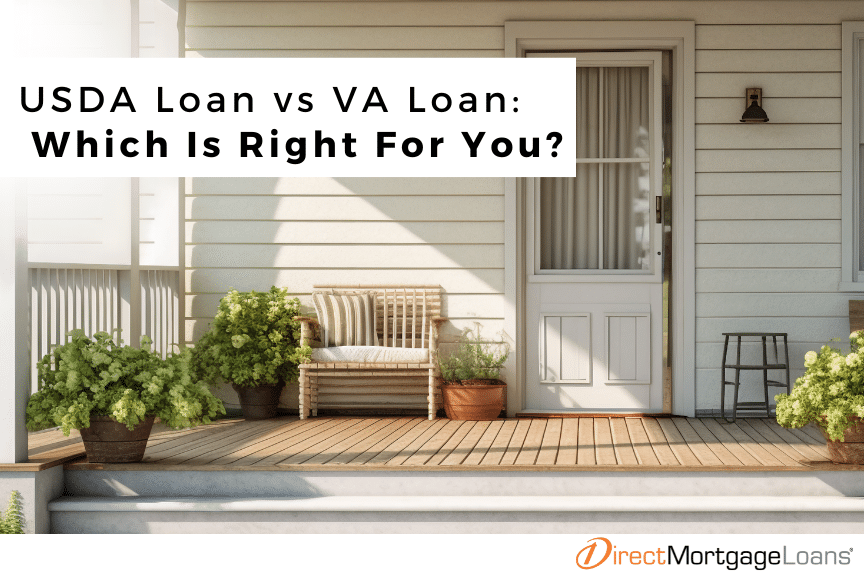
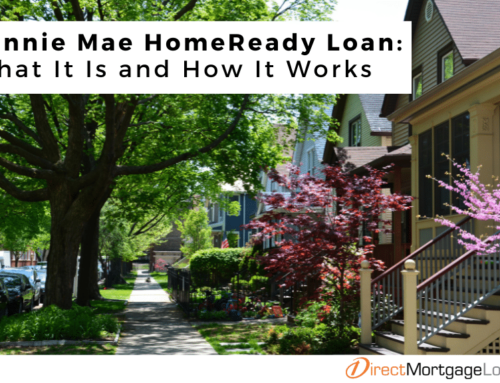
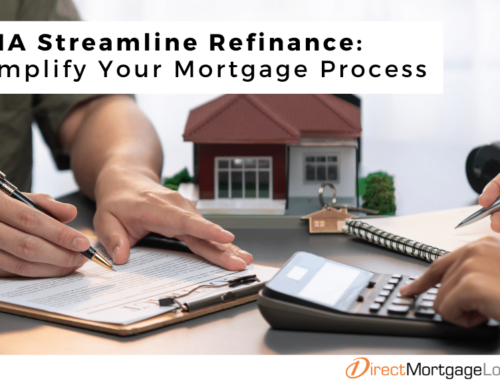
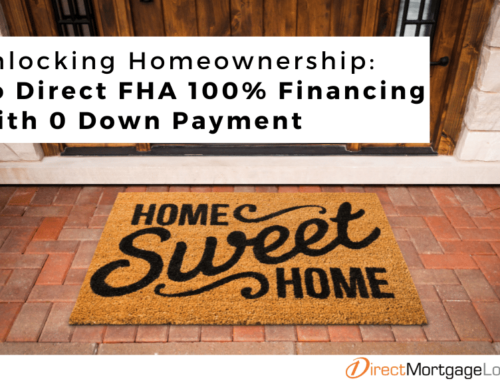

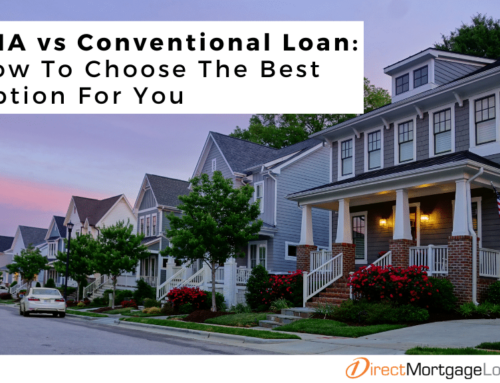
Leave A Comment
You must be logged in to post a comment.